Imagining a new Thames pedestrian bridge in East London
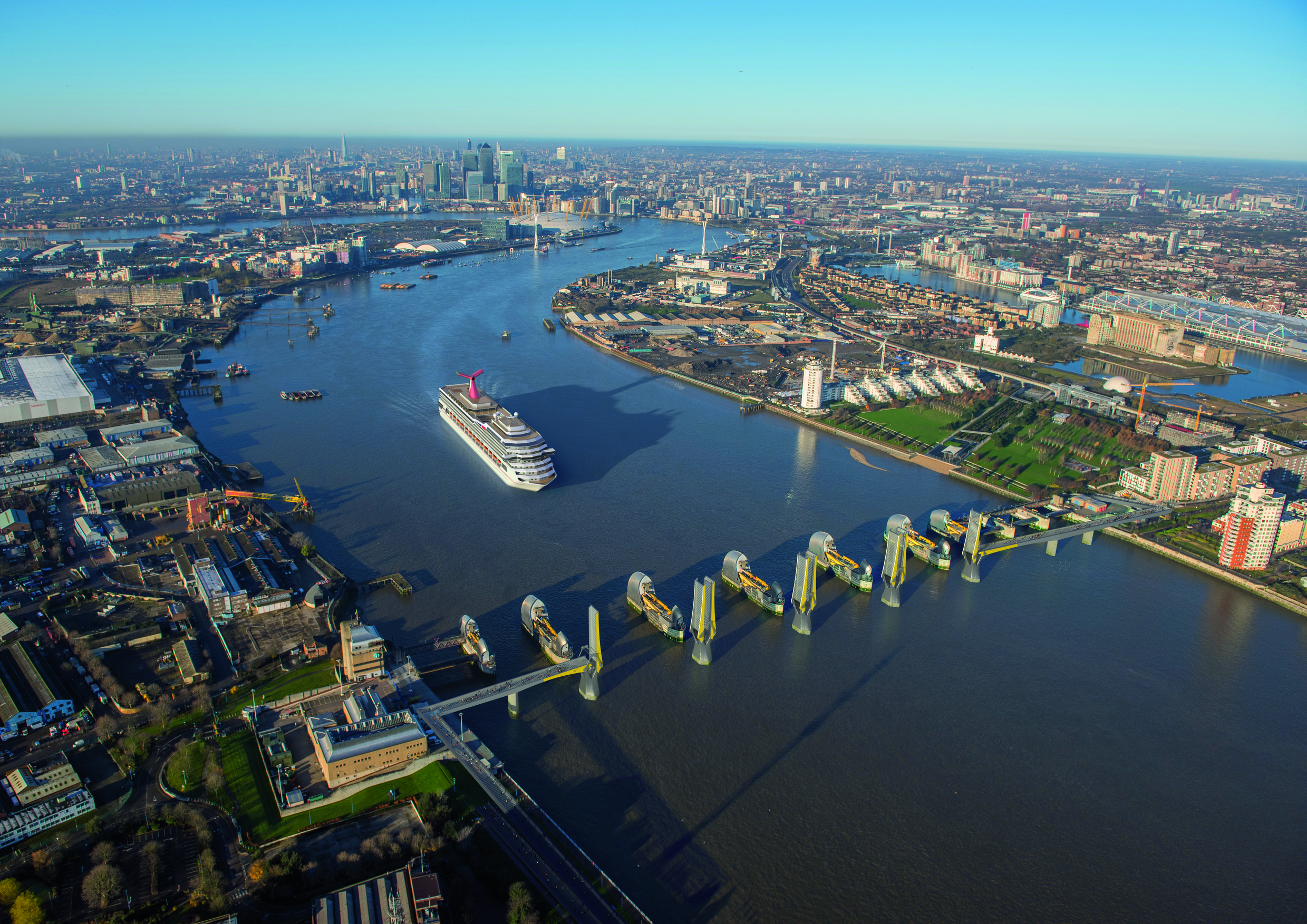
There are many arguments for a new pedestrian bridge in East London: rapidly growing communities who live and work in the area, an increasing need for non-vehicular transport, and the fact that London’s 30-odd bridges are all west of Tower Bridge. To the east, where half of London’s population lives, there is only one, 25 km east, at Dartford Crossing. But for Alex Lifshutz, Founding Director of Lifschutz Davidson Sandilands, whose design for a new foot and cycle bridge linking New Charlton and Woolwich in Greenwich with the Royal Docks and Silvertown in Newham was unveiled last week at the Royal Academy’s summer exhibition, the art of bridge-making is all about the ‘poetry of place'.
‘You have to get a feel for the genus loci', says the architect who has designed both the Golden Jubilee footbridge and the Royal Victoria Dock Bridge. ‘The bridge needs to feel like it’s always been there.' In addition to designing something that becomes part of the landscape, ‘It’s about finding a place that feels right for leaping from one side to the other,' says Lifschutz. ‘A point that feels like ‘that’s where I want to cross’.' He adds: ‘Going across the water is exciting' – especially at the current site, where the river span is at 400 metres.

As designed with maritime civil engineers, Beckett Rankine, the low cost, low impact Thames Barrier bridge was conceived by ‘using the least amount of material and the greatest ingenuity to make connections,' says Lifschutz. By siting the new bridge either upstream or downstream of the Thames Barrier, the movable dam that protects the city from the North Sea’s high tides and storm surges, impact on the flow of the river will be minimised. The 530 metre long Barrier Bridge is designed as a multi-span, double-leaf bascule bridge with yellow steel box girders supporting an aluminium mesh deck.
While most boats will be able to pass underneath with a clearance of 15 metres above high water spring tides, when larger boats do need to pass through, the multiple piers with counterweights create a series of opening spans that allow for less interruption to bridge traffic, as they can be triggered within a matter of minutes. ‘There is really only one location in east London for a relatively low bridge suitable for cycles and pedestrians,' explains Lifschutz. ‘Construction would take about 18 months and phasing would mean that at least two of the barrier openings are always open for navigation, so no river traffic would be stopped. And because the majority of the construction can be done from the river, it will minimise disturbance to residents.'
The proposed bridge would have landings at Barrier Park to the North and would connect the TfL Green Chain south of the river to walks and cycle routes extending up the Lea Valley to Stratford. Motorcars in cities, contends Lifshutz, means an enthusiastic cyclist who rides to work every day, may soon be as rare as smoking in public spaces. With the growing popularity of scooters and electric bikes he says, pedestrian and cycling bridges, offer ‘a chance to change the way urban settlements work'.
A discussion around these themes, called 'Thames Connections', takes place Wednesday 19 June 2019 as part of the London Festival of Architecture
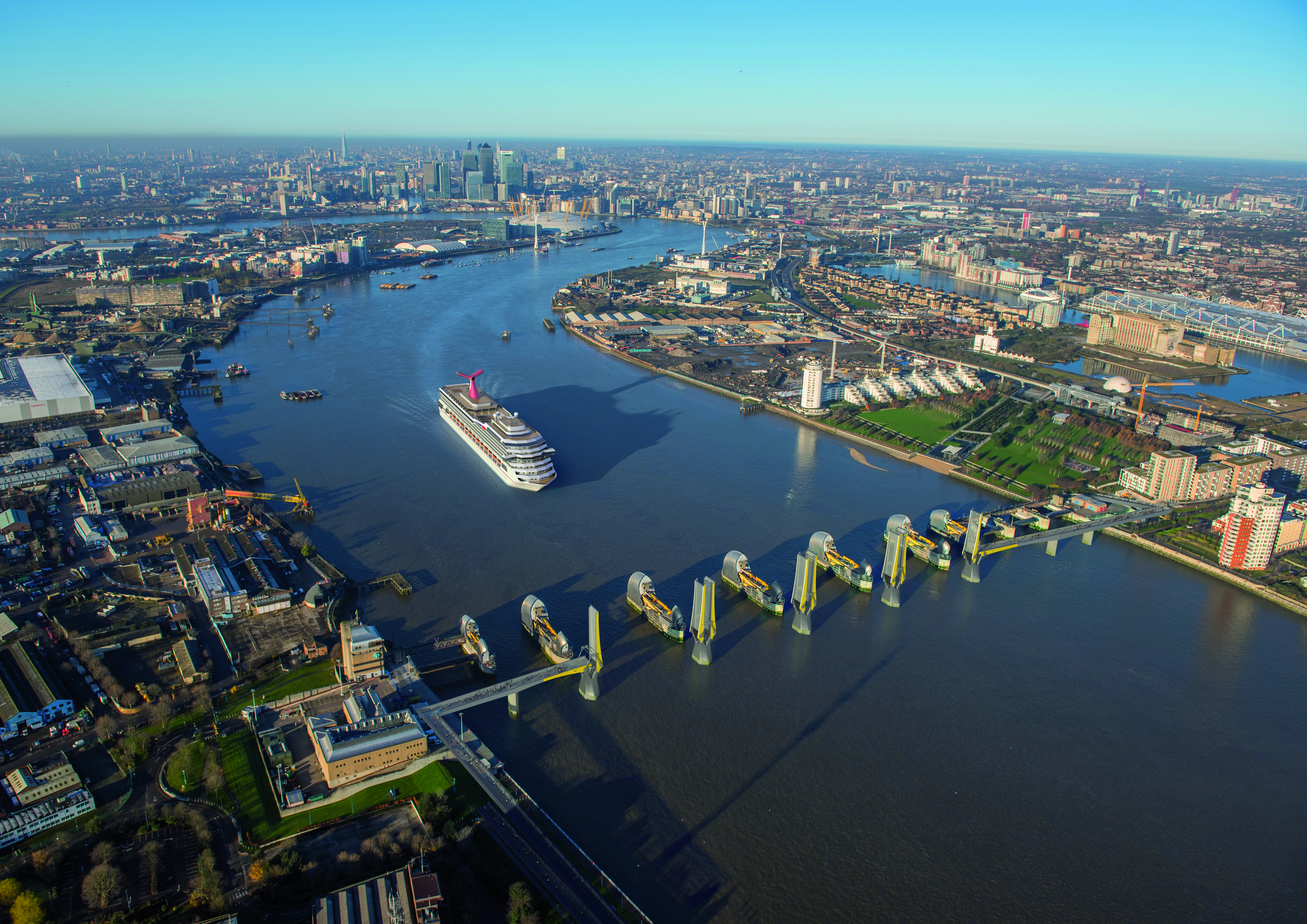
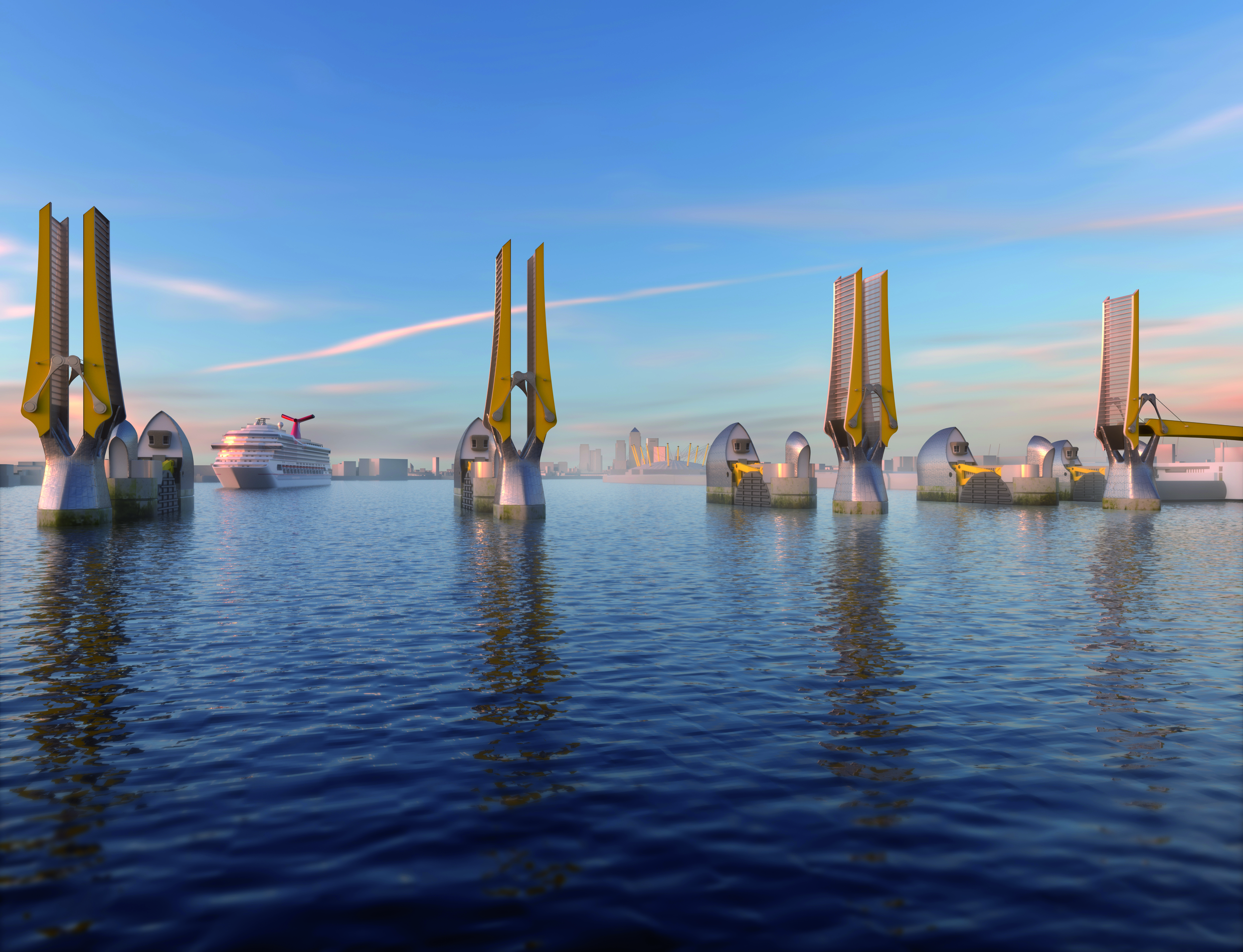
INFORMATION
For more information visit the Lifschutz Davidson Sandilands website
Wallpaper* Newsletter
Receive our daily digest of inspiration, escapism and design stories from around the world direct to your inbox.
-
 All-In is the Paris-based label making full-force fashion for main character dressing
All-In is the Paris-based label making full-force fashion for main character dressingPart of our monthly Uprising series, Wallpaper* meets Benjamin Barron and Bror August Vestbø of All-In, the LVMH Prize-nominated label which bases its collections on a riotous cast of characters – real and imagined
By Orla Brennan
-
 Maserati joins forces with Giorgetti for a turbo-charged relationship
Maserati joins forces with Giorgetti for a turbo-charged relationshipAnnouncing their marriage during Milan Design Week, the brands unveiled a collection, a car and a long term commitment
By Hugo Macdonald
-
 Through an innovative new training program, Poltrona Frau aims to safeguard Italian craft
Through an innovative new training program, Poltrona Frau aims to safeguard Italian craftThe heritage furniture manufacturer is training a new generation of leather artisans
By Cristina Kiran Piotti
-
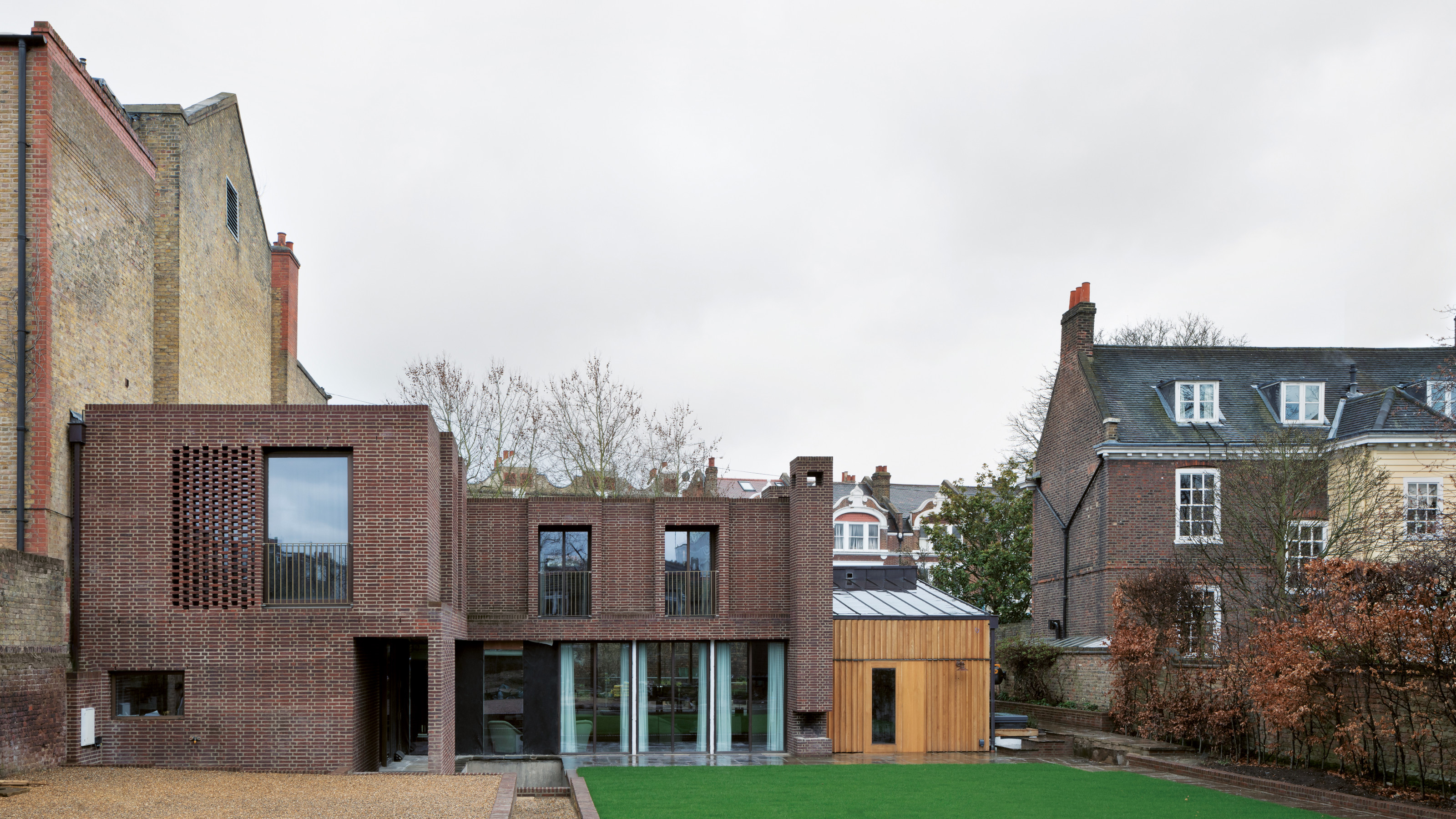 A new London house delights in robust brutalist detailing and diffused light
A new London house delights in robust brutalist detailing and diffused lightLondon's House in a Walled Garden by Henley Halebrown was designed to dovetail in its historic context
By Jonathan Bell
-
 A Sussex beach house boldly reimagines its seaside typology
A Sussex beach house boldly reimagines its seaside typologyA bold and uncompromising Sussex beach house reconfigures the vernacular to maximise coastal views but maintain privacy
By Jonathan Bell
-
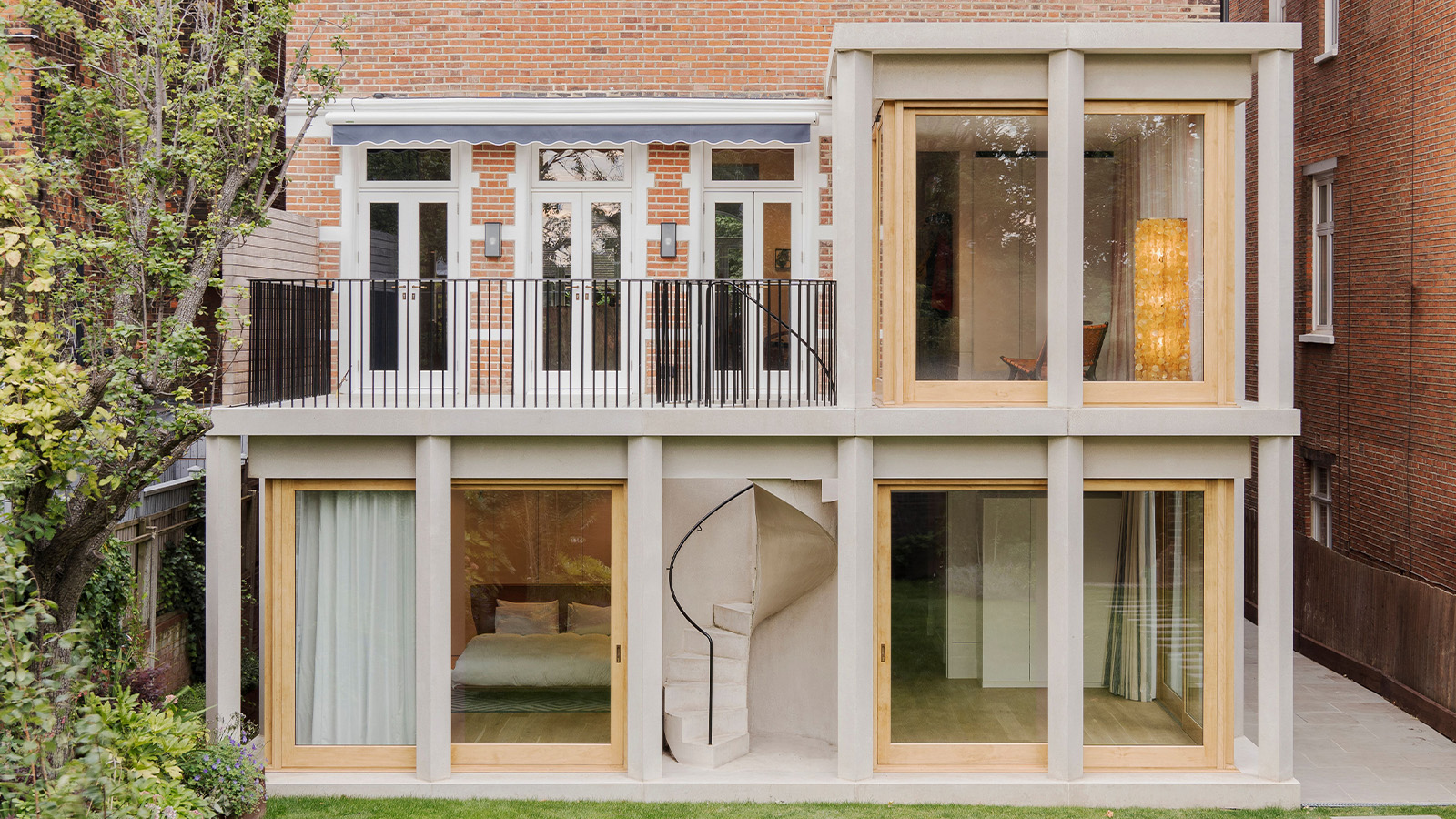 This 19th-century Hampstead house has a raw concrete staircase at its heart
This 19th-century Hampstead house has a raw concrete staircase at its heartThis Hampstead house, designed by Pinzauer and titled Maresfield Gardens, is a London home blending new design and traditional details
By Tianna Williams
-
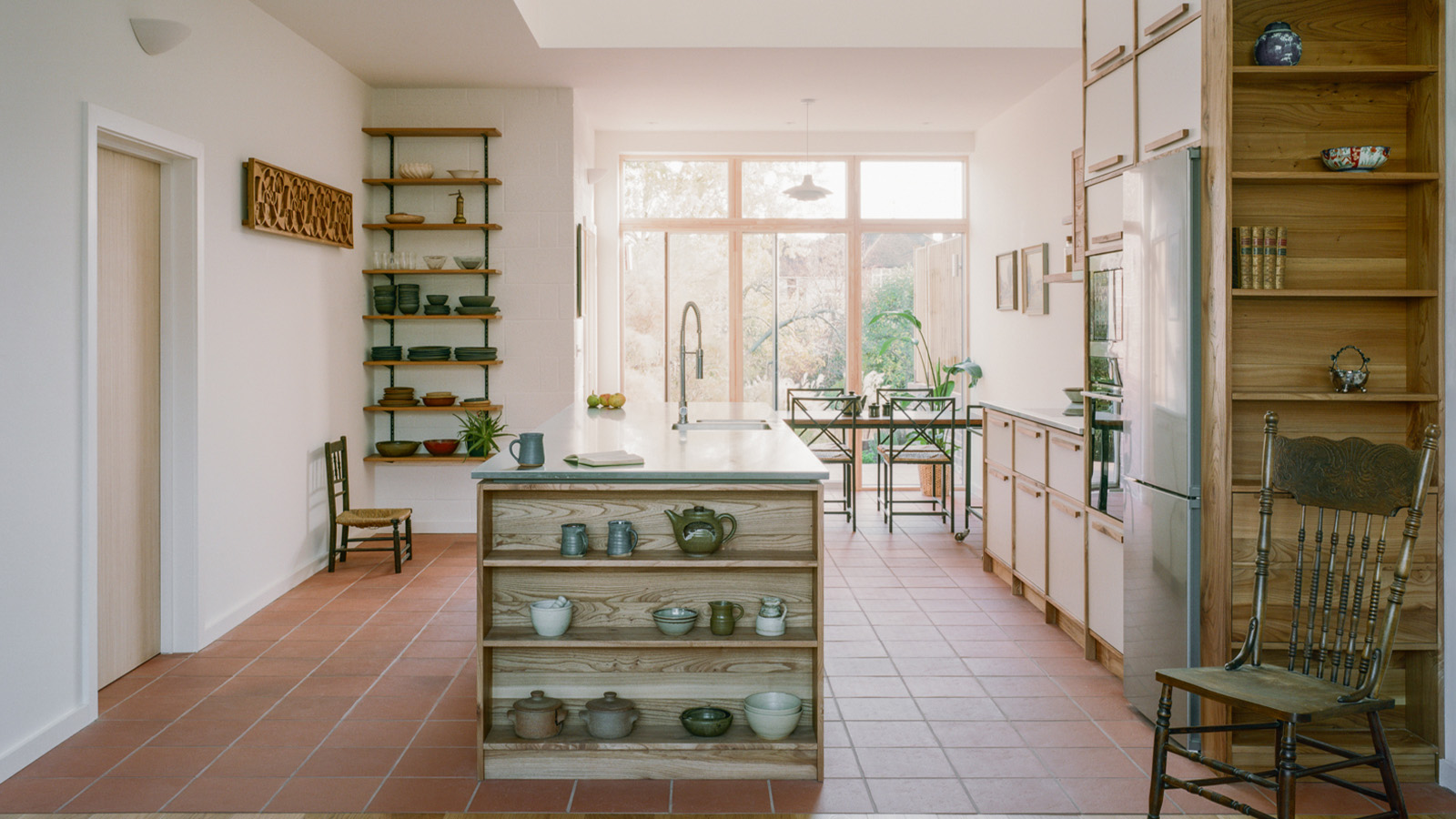 An octogenarian’s north London home is bold with utilitarian authenticity
An octogenarian’s north London home is bold with utilitarian authenticityWoodbury residence is a north London home by Of Architecture, inspired by 20th-century design and rooted in functionality
By Tianna Williams
-
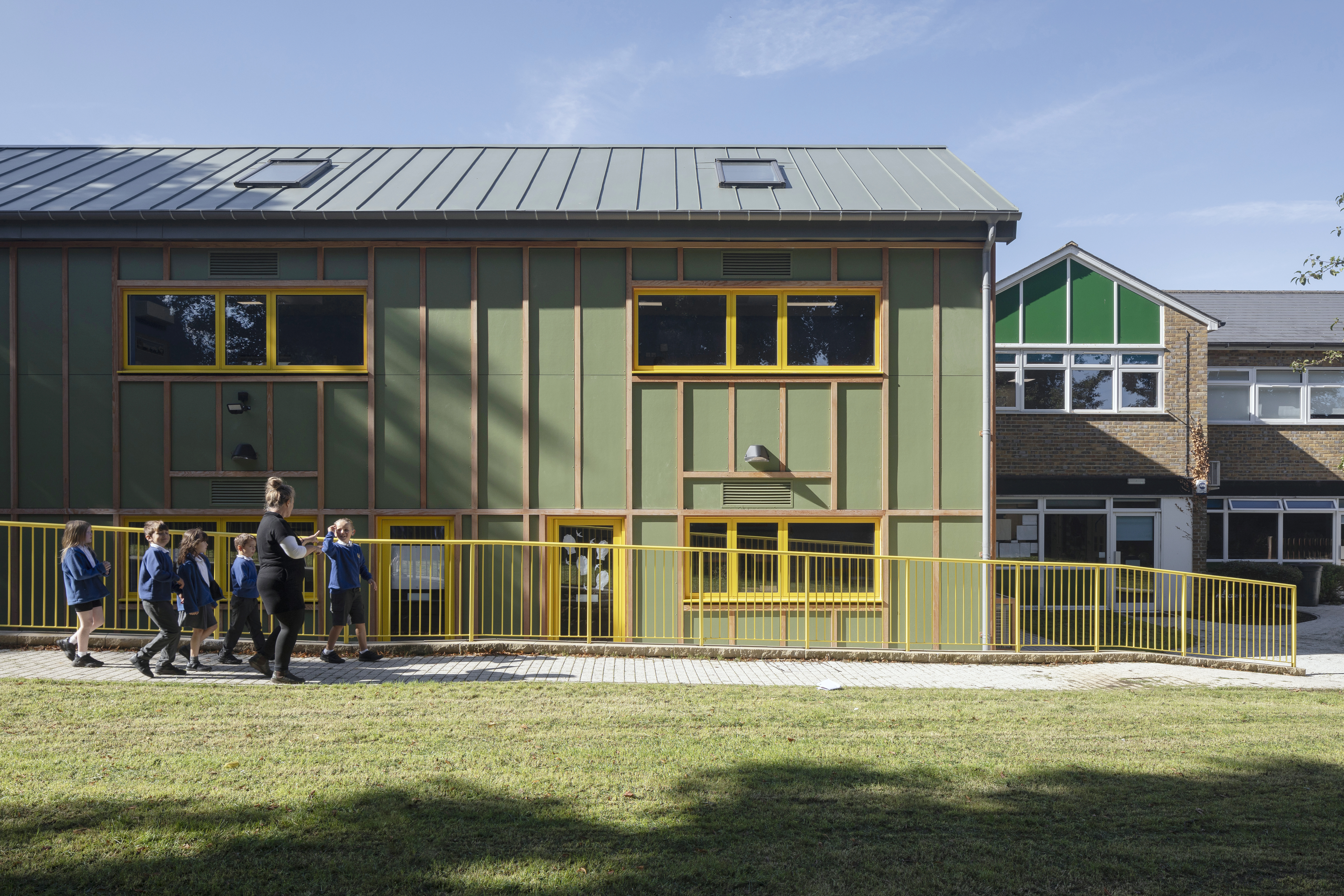 What is DeafSpace and how can it enhance architecture for everyone?
What is DeafSpace and how can it enhance architecture for everyone?DeafSpace learnings can help create profoundly sense-centric architecture; why shouldn't groundbreaking designs also be inclusive?
By Teshome Douglas-Campbell
-
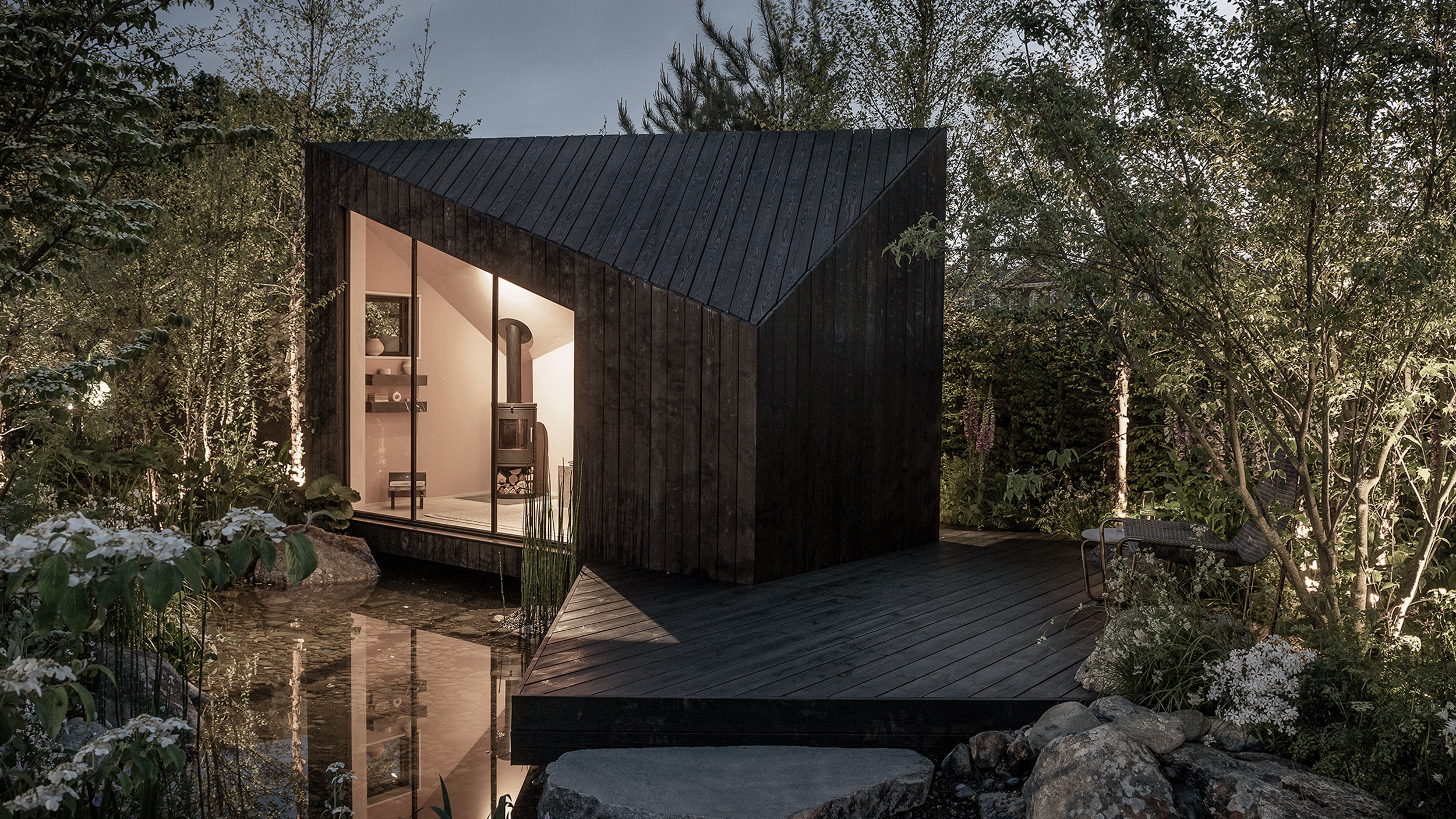 The dream of the flat-pack home continues with this elegant modular cabin design from Koto
The dream of the flat-pack home continues with this elegant modular cabin design from KotoThe Niwa modular cabin series by UK-based Koto architects offers a range of elegant retreats, designed for easy installation and a variety of uses
By Jonathan Bell
-
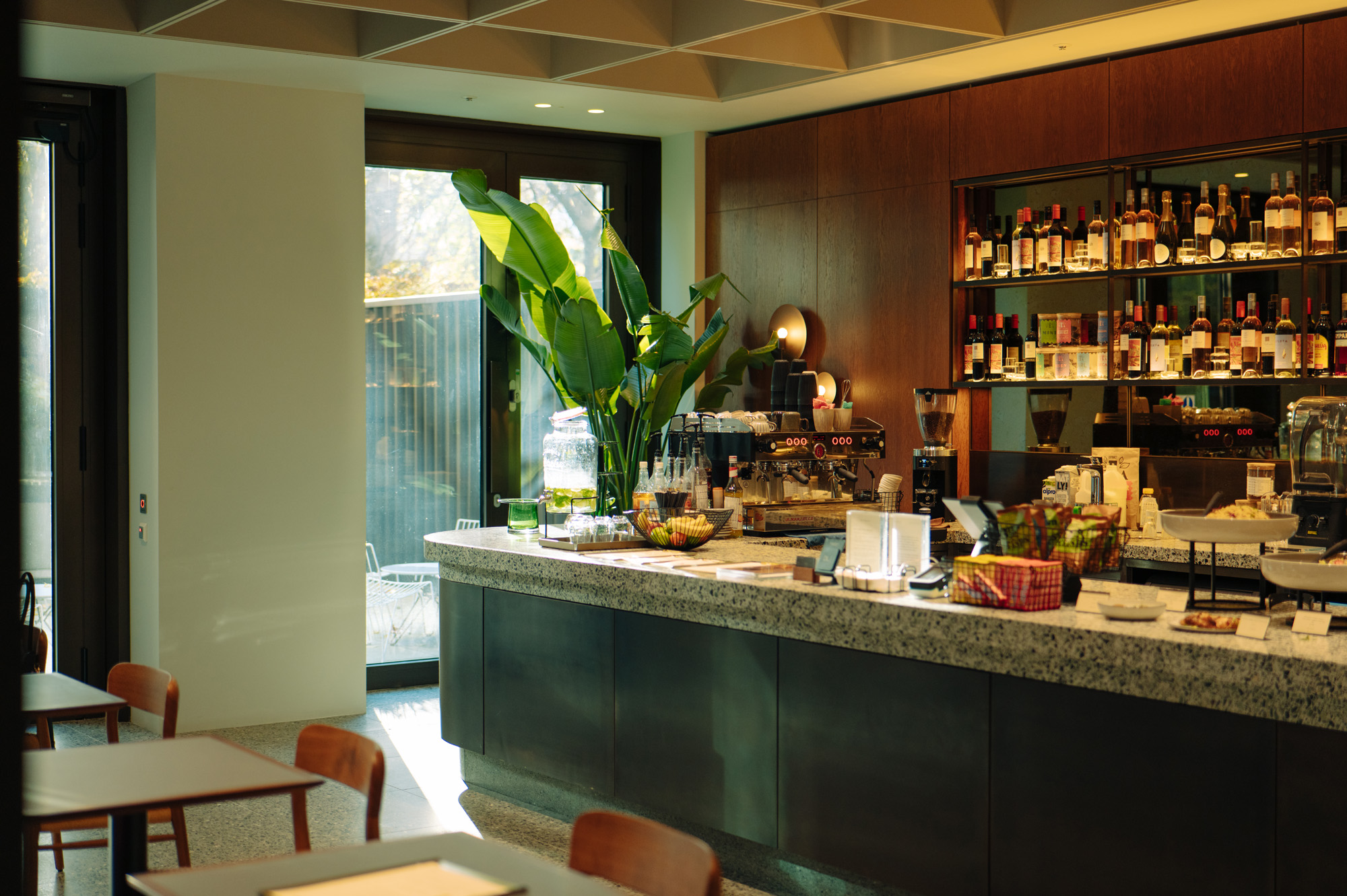 Are Derwent London's new lounges the future of workspace?
Are Derwent London's new lounges the future of workspace?Property developer Derwent London’s new lounges – created for tenants of its offices – work harder to promote community and connection for their users
By Emily Wright
-
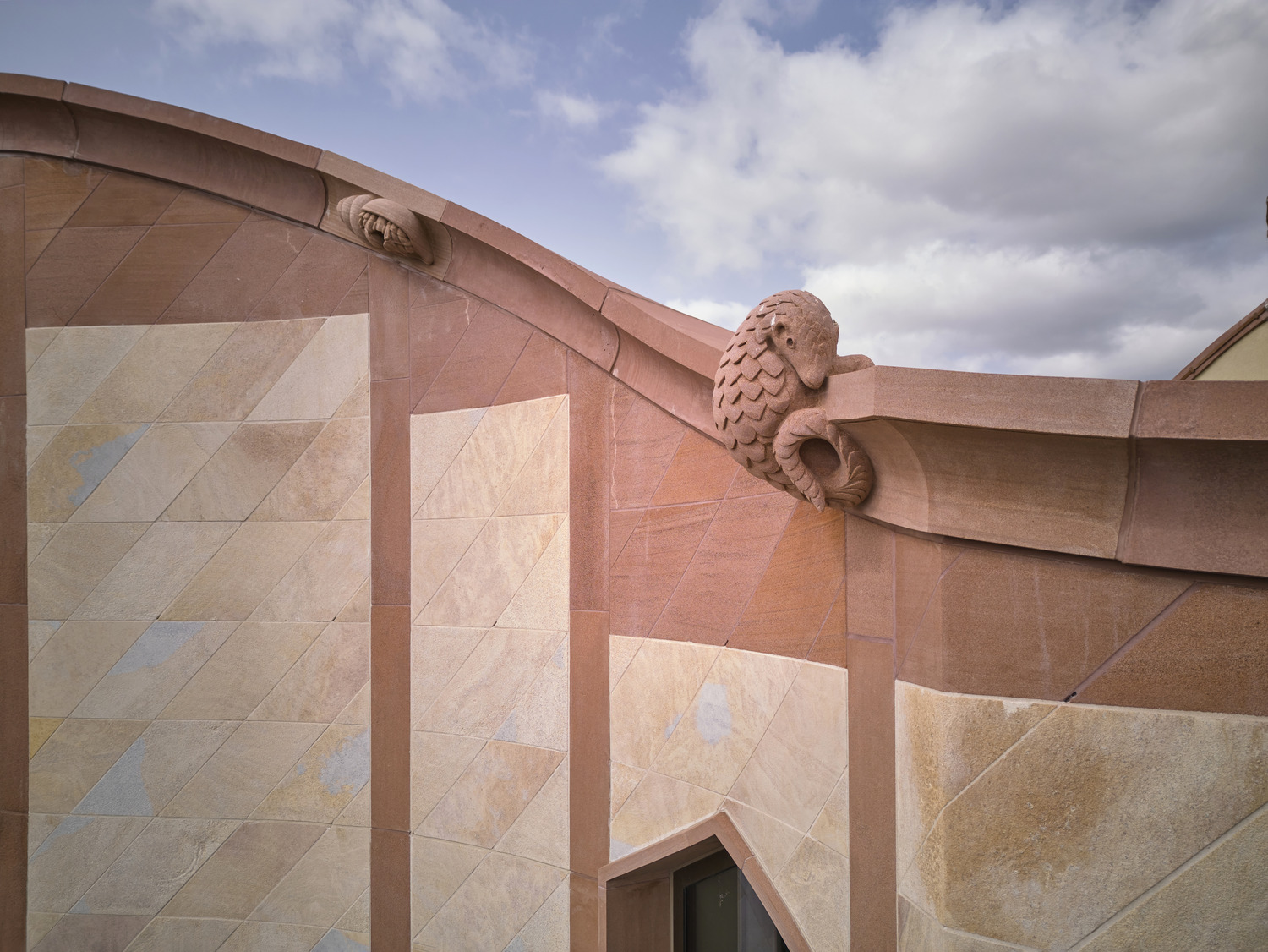 Showing off its gargoyles and curves, The Gradel Quadrangles opens in Oxford
Showing off its gargoyles and curves, The Gradel Quadrangles opens in OxfordThe Gradel Quadrangles, designed by David Kohn Architects, brings a touch of playfulness to Oxford through a modern interpretation of historical architecture
By Shawn Adams